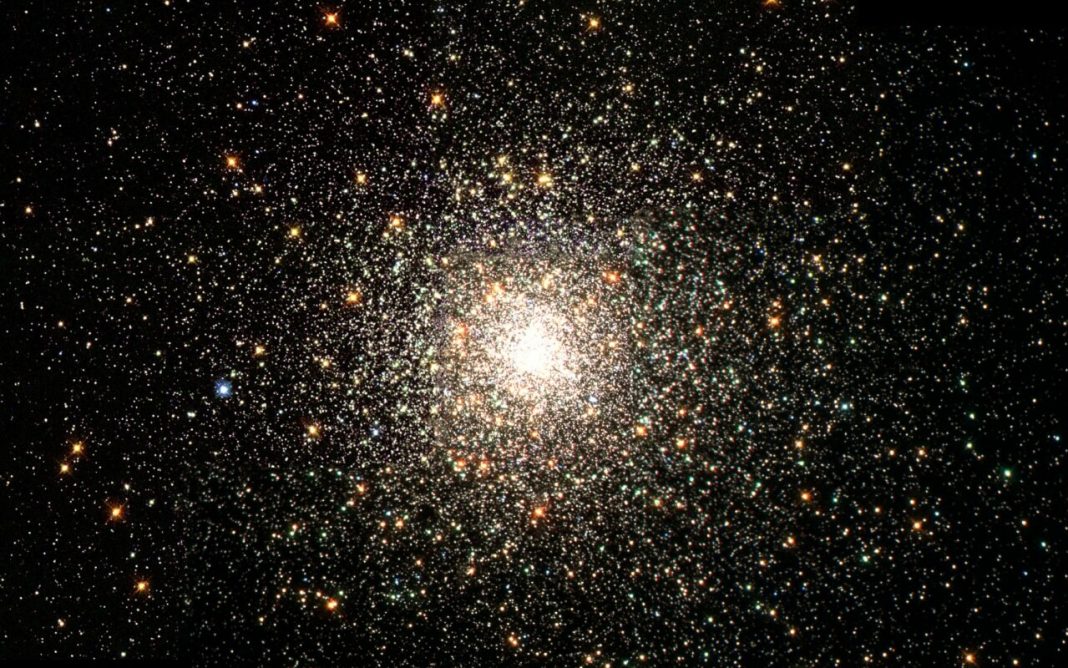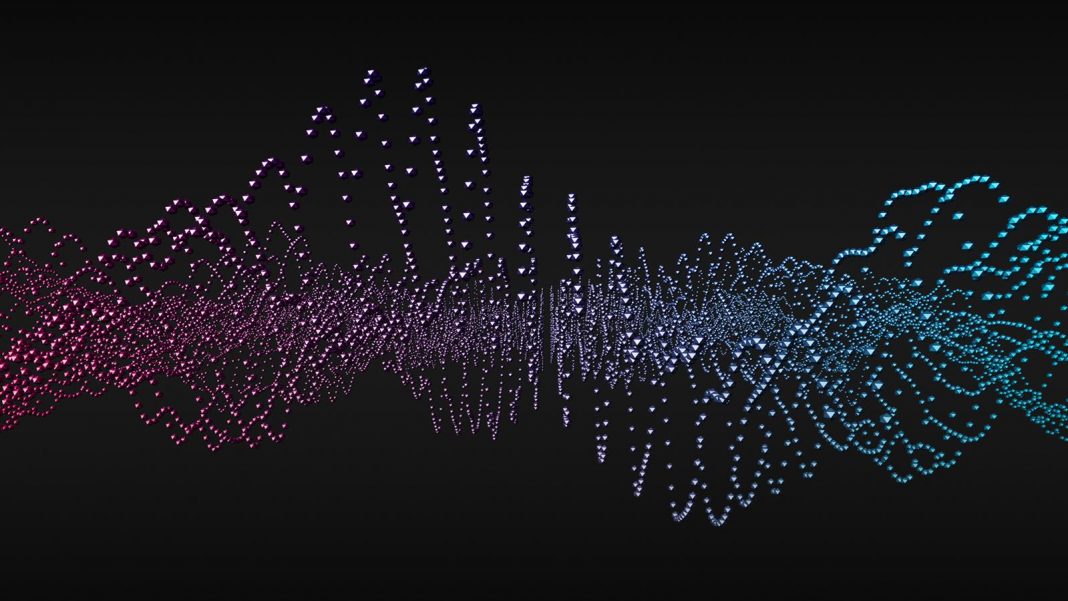The creation of the cosmic microwave background (CMB) is one of the effects that occurred a few thousand years following the Big Bang. It’s a faint radiation left over from that time that began cooling as the universe expanded. Currently, its temperature sits as around 2.73 Kelvin (-454.75 degrees Fahrenheit) which is a far cry from its original temperature of about 3,000 Kelvin (around 5,000 degrees Fahrenheit).
As the universe continued to expand most irregularities were smoother out although there are still some anomalies that remain. One example is the Cold Spot that’s found in the CMB. It was first discovered back in 2002 by the Wilkinson Microwave Anisotropy Probe spacecraft and confirmed again by the Planck satellite in 2013.
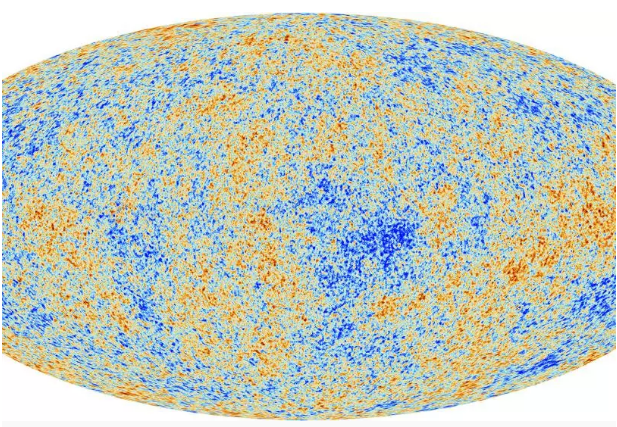
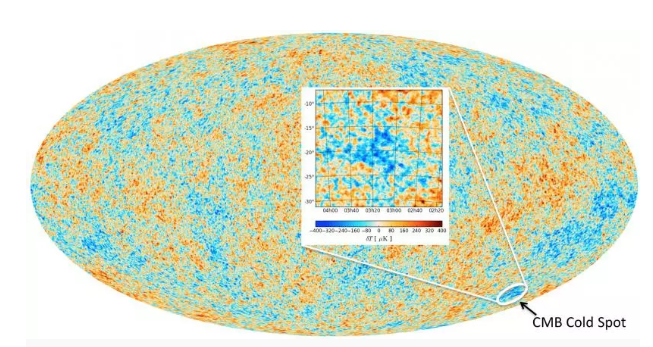
The Cold Spot’s temperature is only a fraction lower than its surroundings, but even that deviation has a probability of the occurrence of less than 2 percent. Upon deeper scrutiny of around 7,000 galaxies, postgraduate student Ruari Mackenzie and Professor Tom Shanks of Durham University, U.K. and a team of researchers discovered that the Cold Spot isn’t just one big void. It’s actually split into smaller voids that are each surrounded by clusters of galaxies with the same density as found elsewhere in the universe.
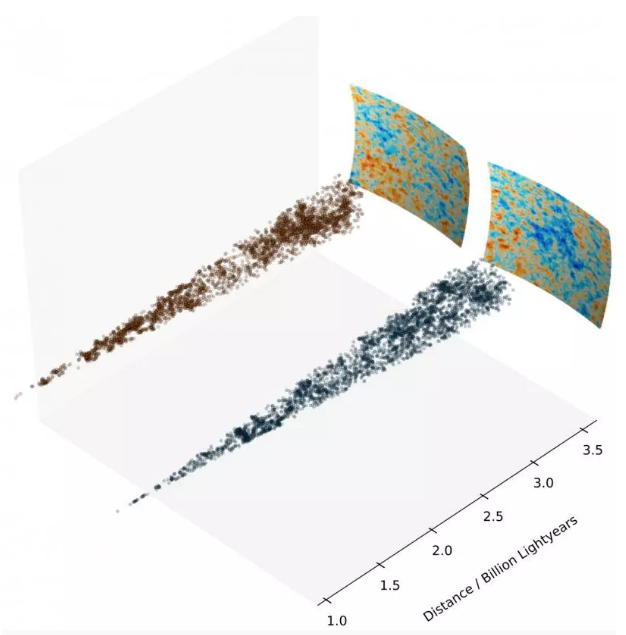
In a recent statement, Mackenzie explained, “The voids we have detected cannot explain the Cold Spot under standard cosmology. There is the possibility that some non-standard model could be proposed to link the two in the future but our data place powerful constraints on any attempt to do that.” Shanks offers another possibility, “Perhaps the most exciting of these is that the Cold Spot was caused by a collision between our universe and another bubble universe. If further, more detailed, analysis of CMB data proves this to be the case the Cold Spot might be taken as the first evidence for the multiverse – and billions of other universes may exist like our own.”
More News to Read

